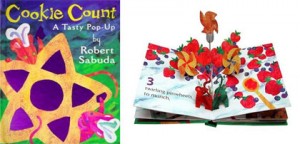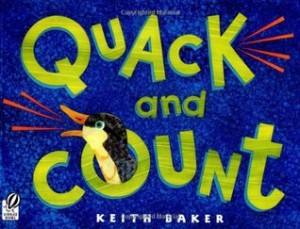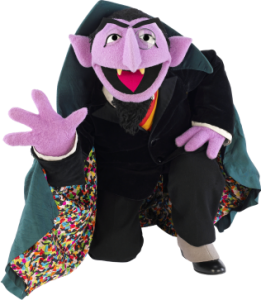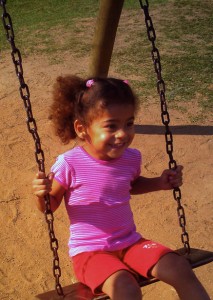Learning activities with foam numbers and fridge magnets can easily be part of your child’s play. These are more than fun, plus are inexpensive toys. They are tools to help your child develop math confidence instead of math anxiety. (Of course, because they are small, these are not good for kids who chew on toys or put them in the mouth.)
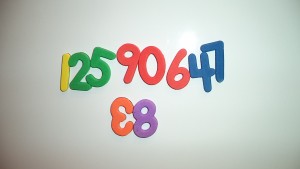 Not all refrigerators these days are magnetic, but there are some things you can use instead. The dishwasher may be a substitute or try a metal cookie sheet, the bigger the better.
Not all refrigerators these days are magnetic, but there are some things you can use instead. The dishwasher may be a substitute or try a metal cookie sheet, the bigger the better.
With a small bucket of numbers, kids can play over and over. At first, kids will put the numbers on randomly. They will switch them around and maybe even line them all up. This may not look like a serious brain activity, but gradually children are getting used to seeing the shape and form of each number. Out of all the millions of ways lines can go, only a few will form numbers. Kids need to simply see numbers many, many times so they can form a mental image of each number shape.
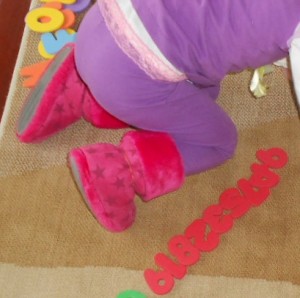 Foam numbers also aid kids in creating a picture in their mind of each number. These won’t stick on anything but they are fun to spread out all over the rug or floor. These are much softer and rounder than the plastic numbers, so kids may like to carry them around. Being able to play with numbers means kids do not view them as scary or threatening.
Foam numbers also aid kids in creating a picture in their mind of each number. These won’t stick on anything but they are fun to spread out all over the rug or floor. These are much softer and rounder than the plastic numbers, so kids may like to carry them around. Being able to play with numbers means kids do not view them as scary or threatening.
With either toy, we can extend children’s play and help them develop their number sense. For instance, put the numbers in order and say the names with your child. As children get to know numbers, mix them up and ask your child to find a specific number. The 1 is easiest to find but no matter which number, we can clap and cheer when they get it. Another way to play is let kids ask us to find a number. When your child is pretty accurate, have a hard time finding the right number and let your child help you. Remember to clap and cheer for yourself. Once they know which number has which name, kids can have a parade with 1 at the front, 9 at the back, and the rest in order.
What other learning activities with foam numbers and fridge magnets can you suggest?

